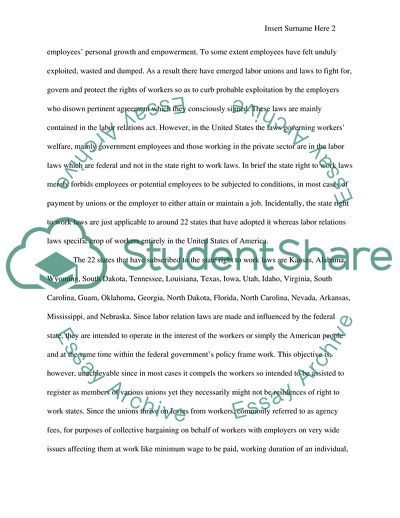Cite this document
(An Impact on Collective Bargaining Case Study Example | Topics and Well Written Essays - 2250 words, n.d.)
An Impact on Collective Bargaining Case Study Example | Topics and Well Written Essays - 2250 words. Retrieved from https://studentshare.org/law/1729675-what-actions-in-the-past-20-years-by-federal-authorities-courts-ministries-legislative-executive-order-have-had-an-impact-on-collective-bargaining
An Impact on Collective Bargaining Case Study Example | Topics and Well Written Essays - 2250 words. Retrieved from https://studentshare.org/law/1729675-what-actions-in-the-past-20-years-by-federal-authorities-courts-ministries-legislative-executive-order-have-had-an-impact-on-collective-bargaining
(An Impact on Collective Bargaining Case Study Example | Topics and Well Written Essays - 2250 Words)
An Impact on Collective Bargaining Case Study Example | Topics and Well Written Essays - 2250 Words. https://studentshare.org/law/1729675-what-actions-in-the-past-20-years-by-federal-authorities-courts-ministries-legislative-executive-order-have-had-an-impact-on-collective-bargaining.
An Impact on Collective Bargaining Case Study Example | Topics and Well Written Essays - 2250 Words. https://studentshare.org/law/1729675-what-actions-in-the-past-20-years-by-federal-authorities-courts-ministries-legislative-executive-order-have-had-an-impact-on-collective-bargaining.
“An Impact on Collective Bargaining Case Study Example | Topics and Well Written Essays - 2250 Words”. https://studentshare.org/law/1729675-what-actions-in-the-past-20-years-by-federal-authorities-courts-ministries-legislative-executive-order-have-had-an-impact-on-collective-bargaining.


